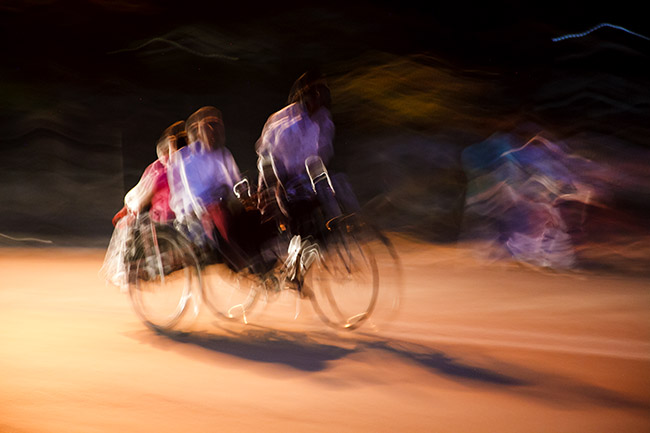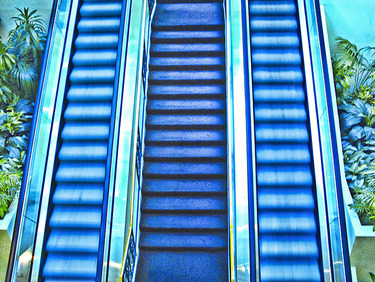Dorty Nowak has lived part-time in Paris for years, though you wouldn't know it from looking at her photo albums. She'd been too busy enjoying Paris to stop and document her life there. But now, when she thinks of the photos she wished she'd taken, she has regrets.
All tagged travel photography
story and photos by Paul Ross
Getting to Myanmar (Burma) is a trip, but getting around while in-country can be an adventure.
During 18 days of travel, we rode in human-pedaled trishaws, rickety horse-drawn carriages, vintage trains, and boats of every imaginable size, shape and color. Squeezed into crowded truck-busses, we joined indigenous commuters, and used the smattering of Burmese phrases we picked up along the way to interact and become part of their day. In turn, they became part of our memories.
Much more than transportation, these conveyances provided an intimate glimpse of everyday life, a profound sense of place, and an authentic connection to this rapidly changing country.
Traveling with Eldertreks, an adventure travel company for travelers 50 and older, my wife, Judie, and I were able to step outside the tourist bubble and travel with the locals.
Here's the visual proof.

An old converted bicycle, with its five-inch seat not constructed with wide-beamed Americans in mind, and a bumpy dirt road make for a colorful experience, especially if you add in the black and blue marks on your backside. The peddler/driver's friend rode along, balancing on the bike's peg, as either a human GPS or a spare "engine." Far from "the days of Raj" luxury (the Brits colonized Myanmar as well as India), the trishaw is a practical taxi in a bustling, developing country and ––like all taxis everywhere–– it's best to negotiate the fare in advance of the trip. You want to help the local economy but--
story + photos by Paul Ross
(*warning: contains no photos of Paris)
There are just too many photo contests out there. Most of them are meaningless –except to those running the competition and collecting fees.
 The winners sometimes get gear and money but --with lottery-like odds-- the payoff is more often mere bragging rights and having your work displayed in cyberspace, which is the electronic equivalent of being tacked-up on a refrigerator.
The winners sometimes get gear and money but --with lottery-like odds-- the payoff is more often mere bragging rights and having your work displayed in cyberspace, which is the electronic equivalent of being tacked-up on a refrigerator.
In spite of all the preceding, when my wife found and forwarded one notice, the competition caught my eye. “Capture the Colour” (the contest is Brit-based) has separate judges for images concentrated around each of five hues: red, white, green, blue and yellow. Given my opinion that many in the photo world are enslaved by the unwritten artistic law that serious photography is B&W, this contest had instant appeal. It got me thinking, and not just about my own photos.
Consider the topic: colors are more than the result of physics and its interaction with human anatomy. They’re emotional. Psychologists and marketers would tell you that blue is “cool,” white is “clean” and red “passionate.” At least in our contemporary society. In other cultures and in other times and places, it’s different. Among some Native Americans, certain colors are linked to the cardinal directions (North= white, West=black, South=yellow and East=red). In Christian traditions, white stood for purity, red signaled blood and, borrowing from the Roman Empire that alternately repressed and embraced the church, the color purple was royal.
